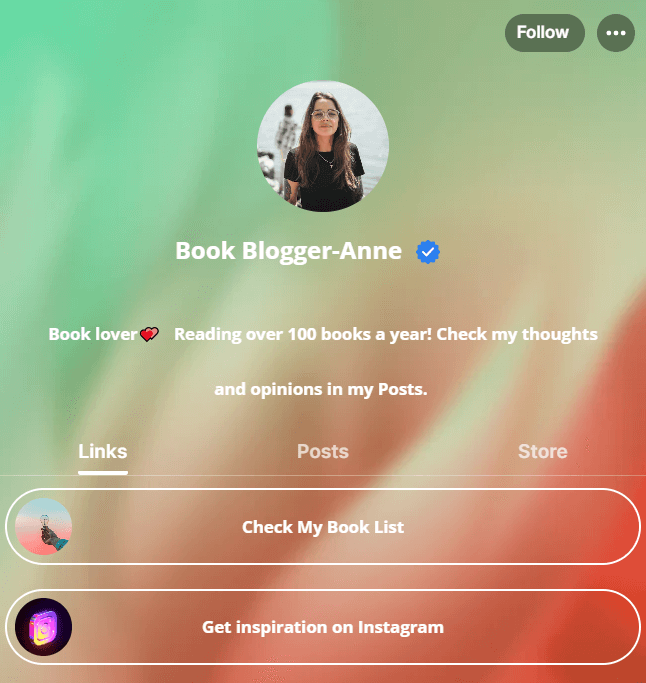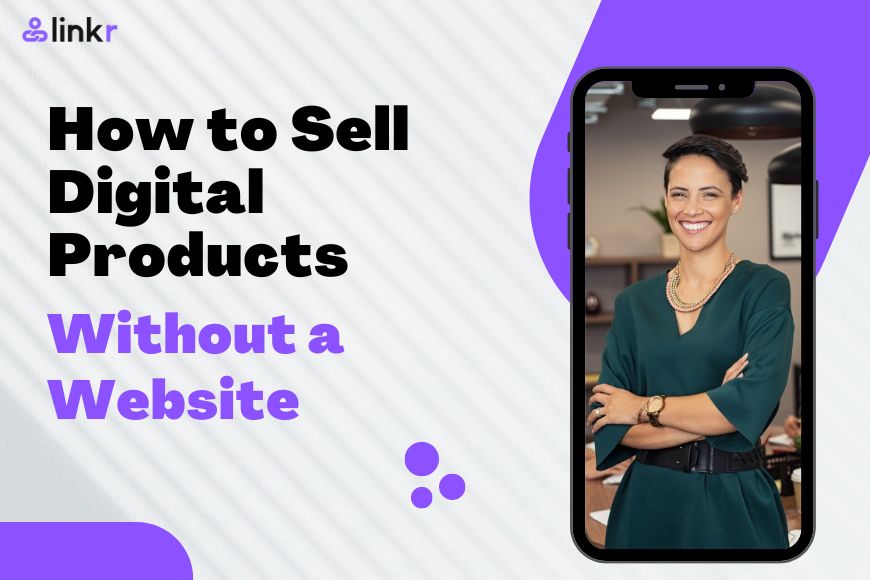How To Sell Digital Products Without a Website?
At the beginning of e-commerce, having a website was often seen as a necessary part of selling products online. This was because websites provided a way for sellers to showcase their products, provide information about their business, and process orders and payments from customers.
However, as e-commerce has evolved, there are now many other ways to sell digital products online that do not require a website, such as using third-party platforms and social media. As a result, having a website is no longer the only or necessarily the best way to sell products online.
In this article, we will show you alternative ways to sell digital products online and avoid the cost of maintaining a website. By using these methods, you can still profit from your digital products without the added expense of a website.
Table of Contents
1. Choose a proper platform to sell digital products

If you are a digital creator, this article will definitely help. The key to choosing a platform to sell your digital products is to carefully research your options and choose one that aligns with your business goals and provides a good user experience for your customers. Here are some tips for choosing the corresponding platform to sell digital products:
- Consider the type of digital products you are selling
Some platforms may be better suited to certain types of digital products, such as Etsy for handmade items, Amazon for high-demand products, or Linkr for small digital creators’ products& downloads.
- Research the platform’s fees and payment processing options
Some platforms may charge a percentage of each sale as a fee, while others may have a flat fee or offer different payment processing options. Choose a proper platform that aligns with your business model and goals.
- Look at the platform’s user experience and customer support
Consider how easy it is for customers to browse and purchase products on the platform, as well as the availability of customer support if they have any issues. Test it by yourself, do you like the platform’s design, is it easy to use?
- Read reviews and testimonials from other sellers
This can provide valuable insights into the platform’s user experience, fees, and customer support.
- Test out the platform with a small number of products before committing
Many platforms offer a free trial or a limited number of free listings, which can allow you to try out the platform before making a decision.
2. Use social media to promote and sell digital products

It is important to use social media to promote your digital products today. Many digital creators use platforms like Instagram, Facebook, or TikTok to promote their products and connect with potential customers.
By using social media to promote your digital products, you can reach a large number of potential customers and connect with them in a more personal and engaging way than traditional advertising channels. This can help increase awareness of your products, generate sales, and build a loyal customer base.
Here are some tips for using social media to promote and sell your digital products:
1) Identify the social media platforms where your target audience is most active
As a single creator or small business, it can be challenging to promote your digital products on multiple social media platforms. This is because each platform has its own unique features and audience, and managing multiple accounts and creating engaging content for each one can be time-consuming and require a lot of effort.
It’s important to choose the social media platforms that are most relevant to your target audience and focus on creating high-quality content for those platforms. This can help you build a strong presence on the chosen platforms and reach the right people without spreading yourself too thin.
2) Optimize your social media profile

The key to optimizing your profile on social media platforms is to provide clear and relevant information that showcases your business and products, and makes it easy for potential customers to learn more about what you do. Here are some tips you can follow:
- Use a professional profile photo. This could be a headshot of yourself, a logo for your business, or a product photo that represents your brand.
- Provide a clear and concise bio that describes your business and what sets you apart from other creators. This should be informative and engaging and provide a sense of who you are and what you do.
- Include bio links to your store or other relevant online resources. This could include links to your online store, a portfolio of your work, or a newsletter sign-up page.
- Use keywords and hashtags that are relevant to your business and products. This can help make your profile and content more discoverable and increase the chances that potential customers will find and engage with your content.
- Update your profile regularly. To reflect any changes in your business or product offerings. This can help ensure that your profile is always accurate and up-to-date.
3) Create engaging content that showcases your digital products on social media

Share interesting content that resonates with your target audience and try to build a trust and credibility community for your brand. Here are some tips for how to create engaging content that showcases your digital products on social media:
- Share images and videos of your digital products in action. Share some photos or videos of the products being used, or behind-the-scenes looks at your creative process.
- Share customer testimonials and reviews. This can provide social proof that your digital products are high-quality and valuable, and can help build trust and credibility with potential customers.
- Share information about any promotions or special offers. Try to create a sense of urgency and encourage potential customers to make a purchase.
- Share relevant and interesting content with your target audience. Include industry news, tips and tricks, or other content that is related to your digital products and appeals to your audience.
- Use relevant hashtags. Using relevant hashtags can help increase the visibility of your posts and makes it easier for potential customers to find your products.
- Engage with your audience by responding to comments. Answering questions, and sharing user-generated content. This can help build a sense of community and make your followers feel valued and connected to your business.
4) Use social media advertising to reach a larger audience
All social media platforms offer advertising options that allow you to target specific audiences and promote your digital products to them.
3. Use email marketing to sell your digital products

If you have a mailing list of subscribers, you can use email marketing to promote your digital products and provide a link where customers can purchase them. This can be a particularly effective way to sell digital products if you have a loyal following and a strong relationship with your subscribers.
4. Process orders and handle customer questions

Once a customer makes a purchase, you will need to deliver the digital product to them. This could involve sending them a download link or providing access to a digital file. And be prepared to answer questions from potential customers and provide support if they have any issues with your digital products.
Takeaway
Overall, the key to selling digital products without a website is to choose the right platform, promote your products effectively, and provide excellent customer service. If you’re a digital creator, you can start selling your products online without a website in just a few minutes.
By using Linkr, you can quickly set up an all-in-one landing page to promote your products and start monetizing your work. You can also use social media and email marketing to reach a wider audience and make it easy for customers to find and purchase your products. By following the above steps, you can begin your online selling journey without the need for a website. Get started today!




